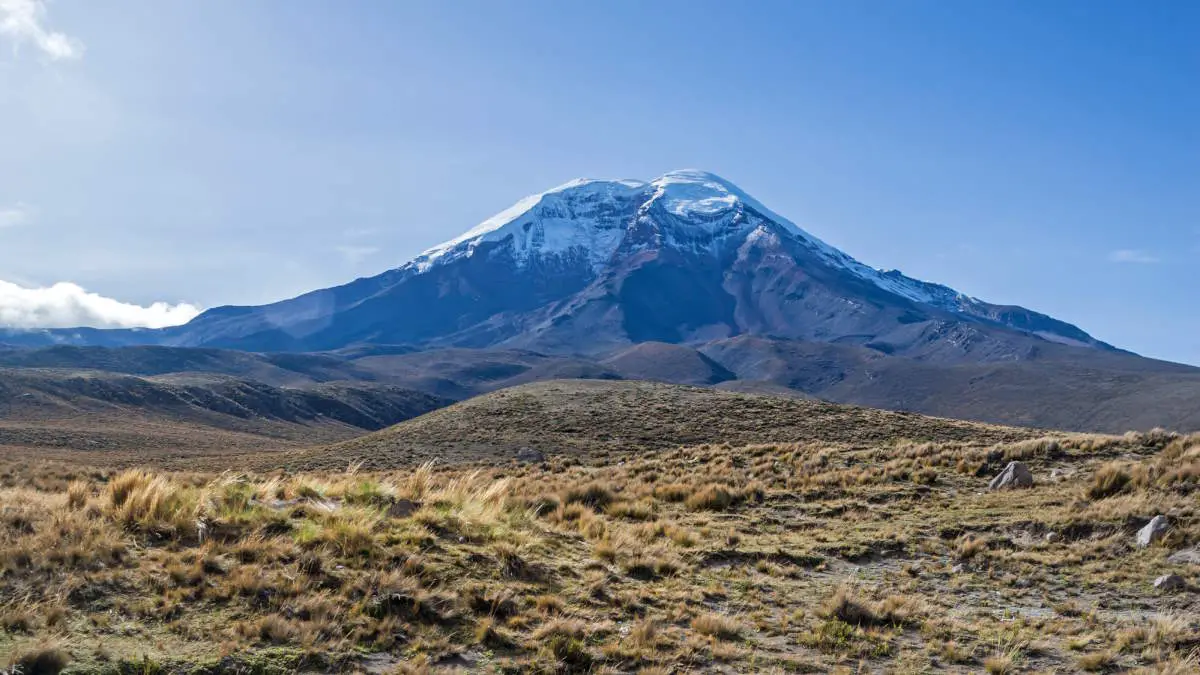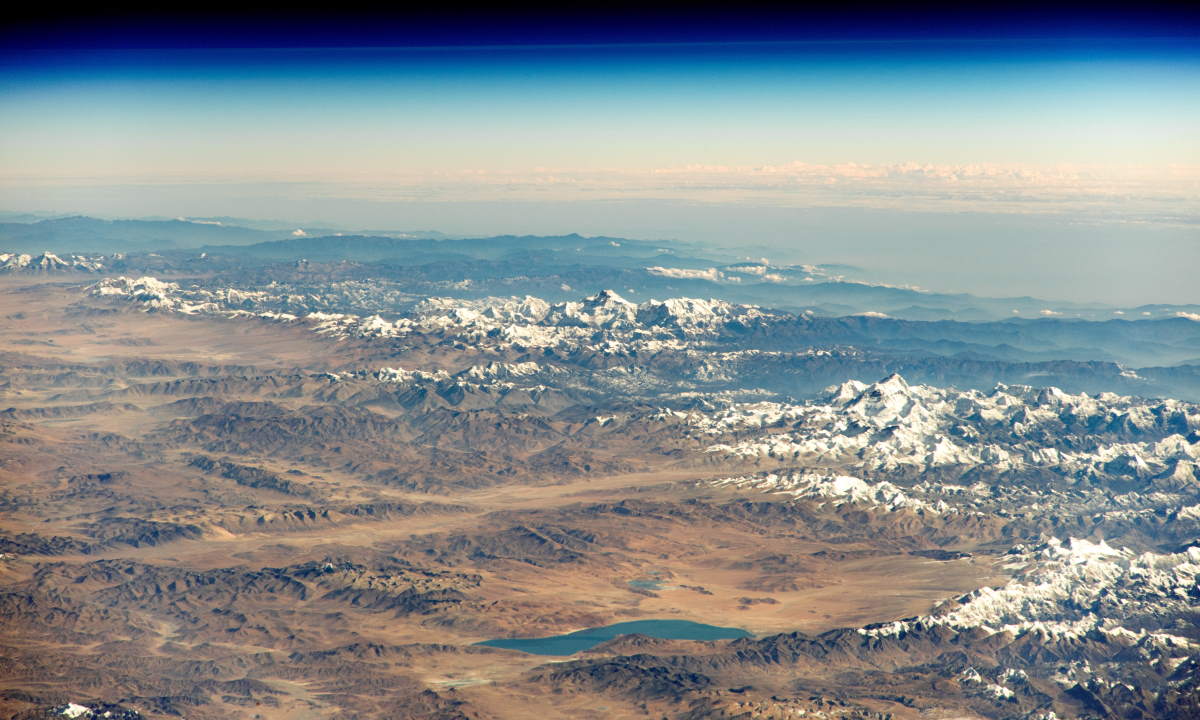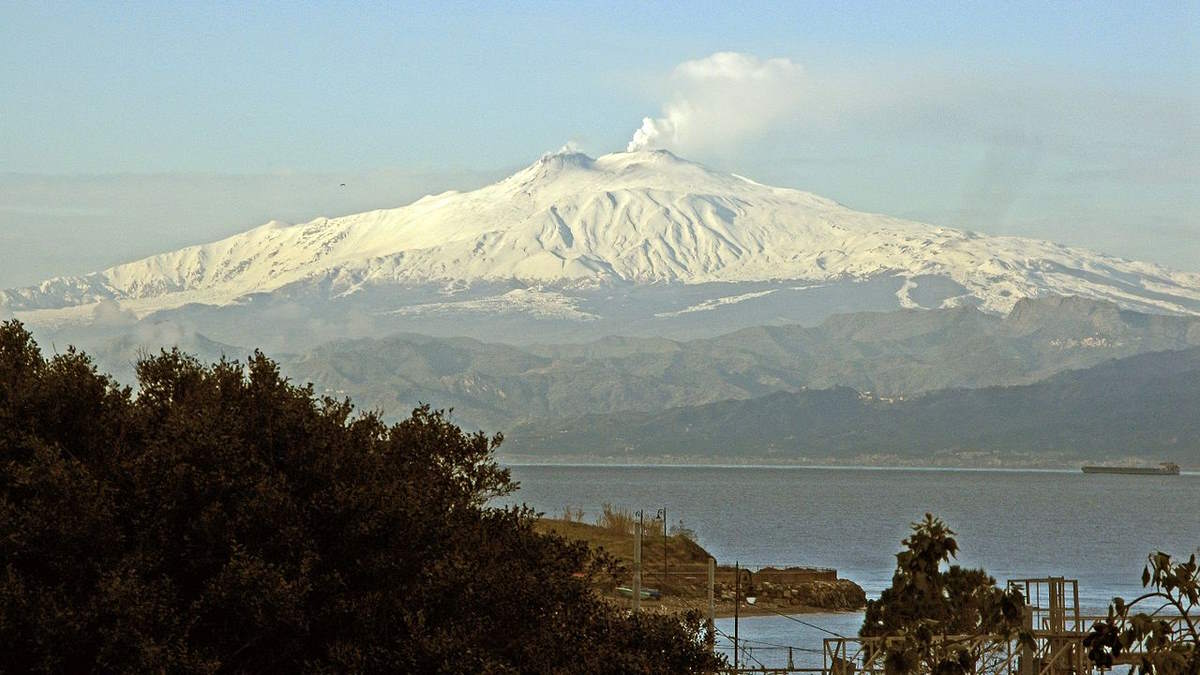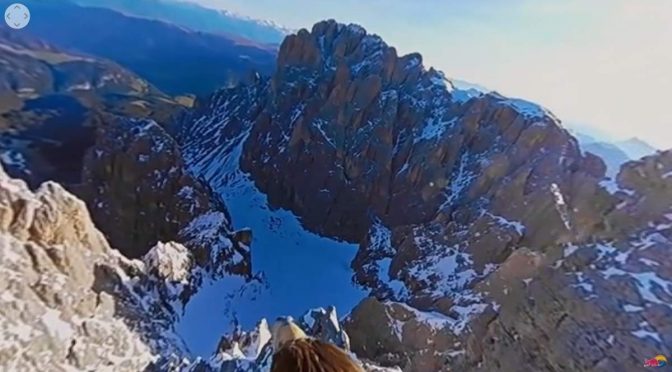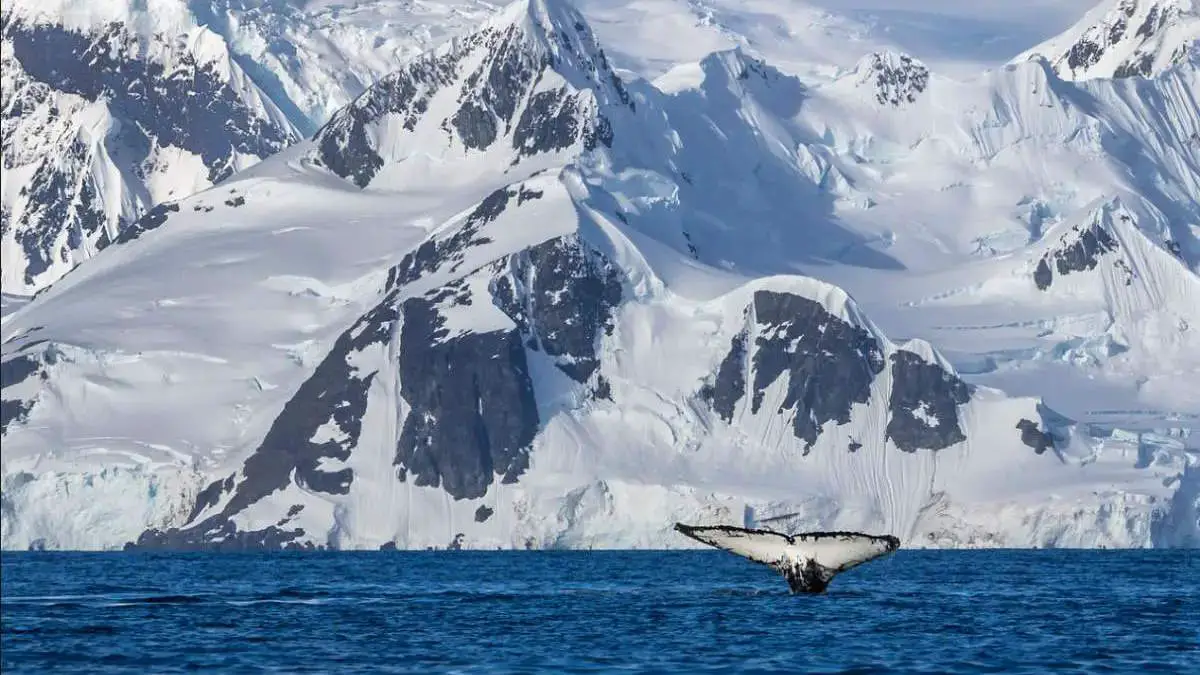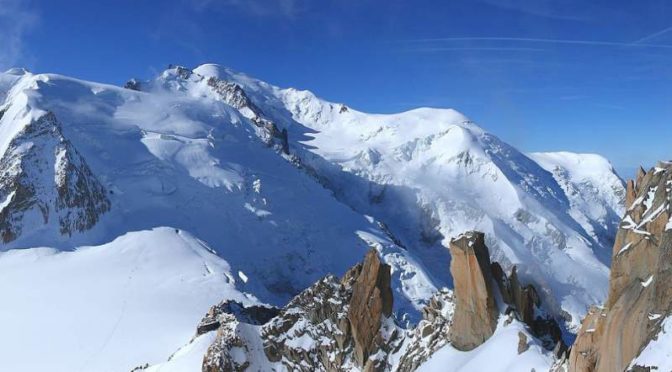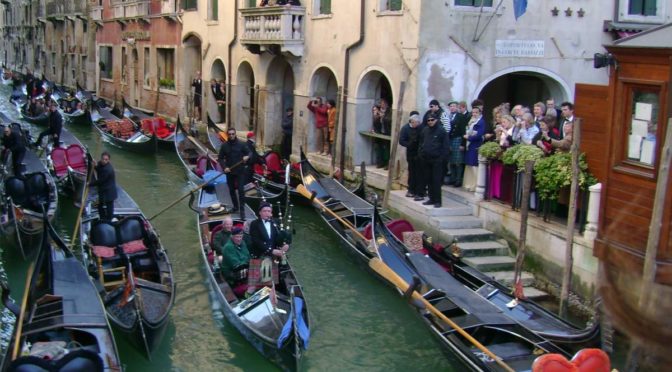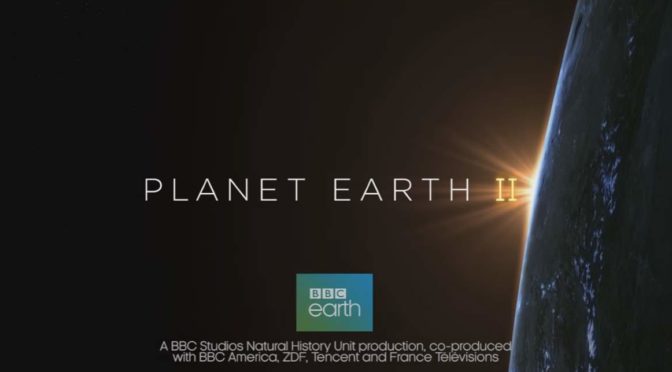Many often believe that Mount Everest, standing at a whopping 29,032 feet (8,849 meters), is the closest point to space from Earth. Yet, this is a misconception. The peak that holds this surprising honor is not even the tallest mountain on its own continent. Enter Chimborazo, a majestic peak located in the Andean mountain range of Ecuador.
